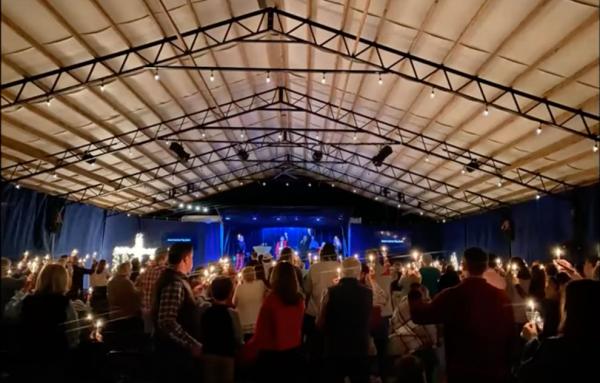Community
The author of Fragile Neighborhoods urges urban planners to take on a vital domestic challenge: Help restore the social function of neighborhoods.
The porch is more than just another single-family architectural feature, it's an important part of the culture of Black neighborhoods.
CNU and affiliated designers work with a community to identify implementation solutions for a disinvested urban corridor west of Charlotte’s Center City.
On the Park Bench explores mixed-use, neighborhood-scale development projects for faith communities in Charlotte, North Carolina, and Pike Road, Alabama.
Parishioners of a historic church in Detroit want to develop eight vacant blocks with missing middle housing to build a church-centered community.
The rapid rise of kiosk coffee sellers poses a threat to the business model behind the ultimate American third place—the cafe. Communities and nonprofits may have to take a larger role.
DC Bike Party helps build a community through its monthly celebration of the bicycle and by being a positive ambassador for cycling.
To find hidden culture and history, you must do what most Americans rarely do — travel the old thoroughfares and see towns that were bypassed by the Interstate system. For example, take Route 20 in New York State.
Often, in the 20th Century, the courthouse square structure was damaged by automobile-oriented planning. Recovering what was lost is not easy—it’s a process of strategic elimination and addition to repair the form that is hidden while the town grows.
Mahatma Gandhi was not wrong—India depends on its villages: But the community of the agrarian landscape may be reinforced in urban neighborhoods also.
The Jewel Theatre is a 1931 brick building with Deco details on 4th Street of Oklahoma City—the only building left standing on what was once a thriving main street block in a Black business district.
The Jewel Theatre operated from the...
A film segment tells the story of an American city, its struggles, and a future revitalized by urban design.











